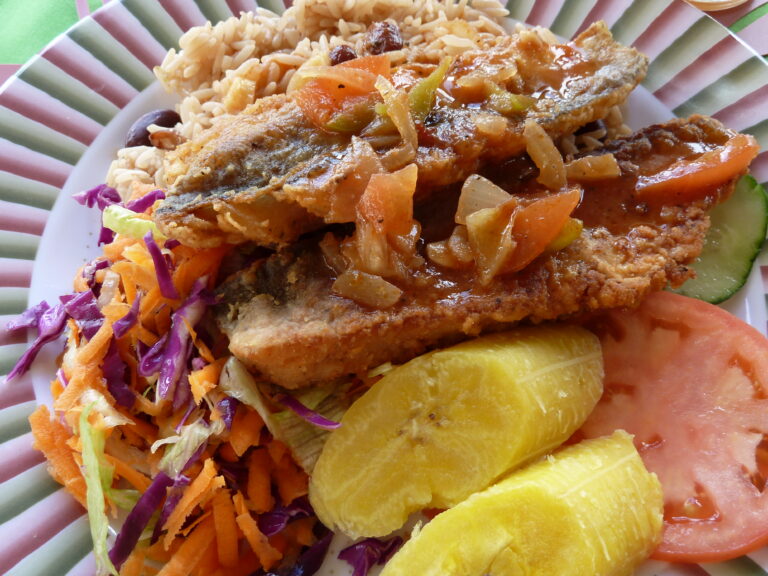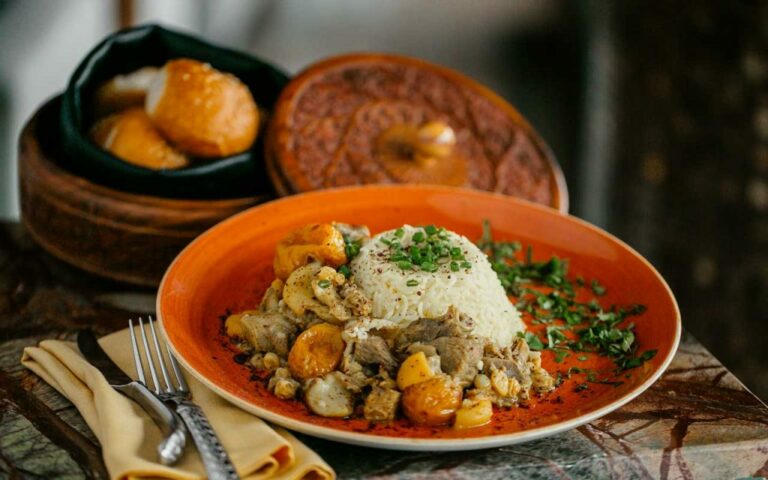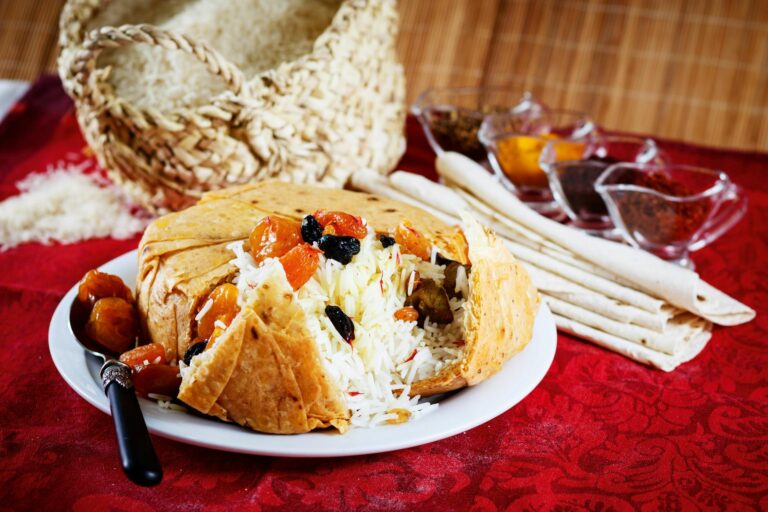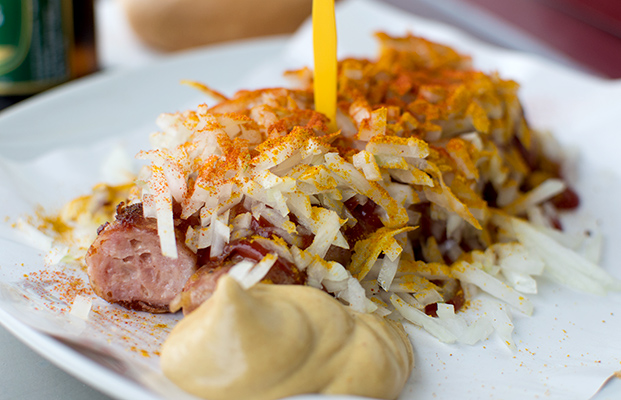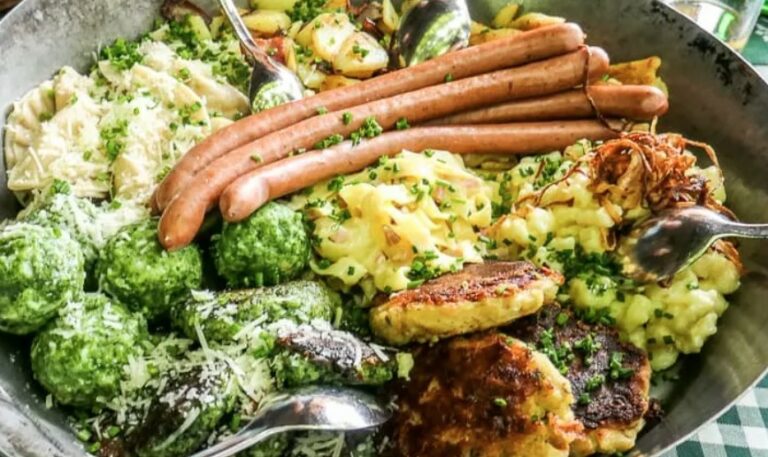Introduction: Bahamian Salads
Bahamian salads are a staple in the cuisine of the Bahamas, a beautiful island nation located in the Caribbean Sea. These salads are typically known for their vibrant colors and fresh ingredients, making them both healthy and delicious. Bahamian salads come in a variety of styles, from traditional green salads to fruit-based salads, and are enjoyed by locals and tourists alike.
Base Ingredients: Lettuce, Cabbage, Tomatoes
Lettuce, cabbage, and tomatoes are the base ingredients in most Bahamian salads. Lettuce, typically romaine or iceberg, adds a crisp texture to the salad while cabbage provides a slightly sweet flavor. Tomatoes add a juicy and refreshing burst to the salad. These ingredients are usually chopped and mixed together to create a fresh and tasty foundation for the salad.
Fruits: Oranges, Pineapple, Mangoes
Bahamian salads often incorporate a variety of fruits, adding a sweet and exotic twist to the dish. Oranges, pineapple, and mangoes are popular fruits used in Bahamian salads. Oranges provide a tangy and refreshing flavor while pineapple and mangoes add a juicy and sweet taste. These fruits are typically diced into small pieces and added on top of the salad to create a colorful and flavorful contrast.
Vegetables: Cucumbers, Peppers, Carrots
In addition to the base ingredients, Bahamian salads often contain an assortment of vegetables. Cucumbers, peppers, and carrots are popular choices. Cucumbers add a crunchy texture while peppers provide a slightly spicy kick. Carrots add a sweet and earthy flavor to the salad. These vegetables are typically sliced and mixed into the salad for added flavor and texture.
Proteins: Chicken, Shrimp, Conch
To make the salad more filling and satisfying, Bahamian salads typically include a protein source. Chicken, shrimp, and conch are popular choices. Chicken is typically grilled or baked and added to the salad for a savory flavor. Shrimp adds a slightly sweet and tangy flavor while conch provides a chewy yet tender texture. These proteins are usually sliced and placed on top of the salad to add a hearty and filling component.
Dressings: Bahamian Vinaigrette, Ranch
To bring all the flavors together, Bahamian salads are typically dressed with a vinaigrette or ranch dressing. Bahamian vinaigrette is a unique blend of vinegar, mustard, and spices, providing a tangy and slightly sweet flavor. Ranch dressing is a classic choice, adding a creamy and slightly tangy flavor to the salad. These dressings are typically drizzled on top of the salad and mixed in to create a cohesive flavor.
Add-ons: Bacon Bits, Croutons, Cheese
To add even more flavor and texture, Bahamian salads often include add-ons such as bacon bits, croutons, and cheese. Bacon bits add a salty and savory flavor while croutons provide a crunchy texture. Cheese, typically feta or blue, adds a slightly tangy and creamy flavor to the salad. These add-ons are typically sprinkled on top of the salad for an added burst of flavor.
Conclusion: Enjoy the Taste of the Islands
Bahamian salads are a delicious and healthy addition to any meal. With their colorful and fresh ingredients, Bahamian salads offer a taste of the islands in every bite. Whether you prefer a green salad or a fruit-based salad, there is a Bahamian salad for everyone to enjoy. So the next time you visit the Bahamas, be sure to try a delicious and fresh Bahamian salad.


